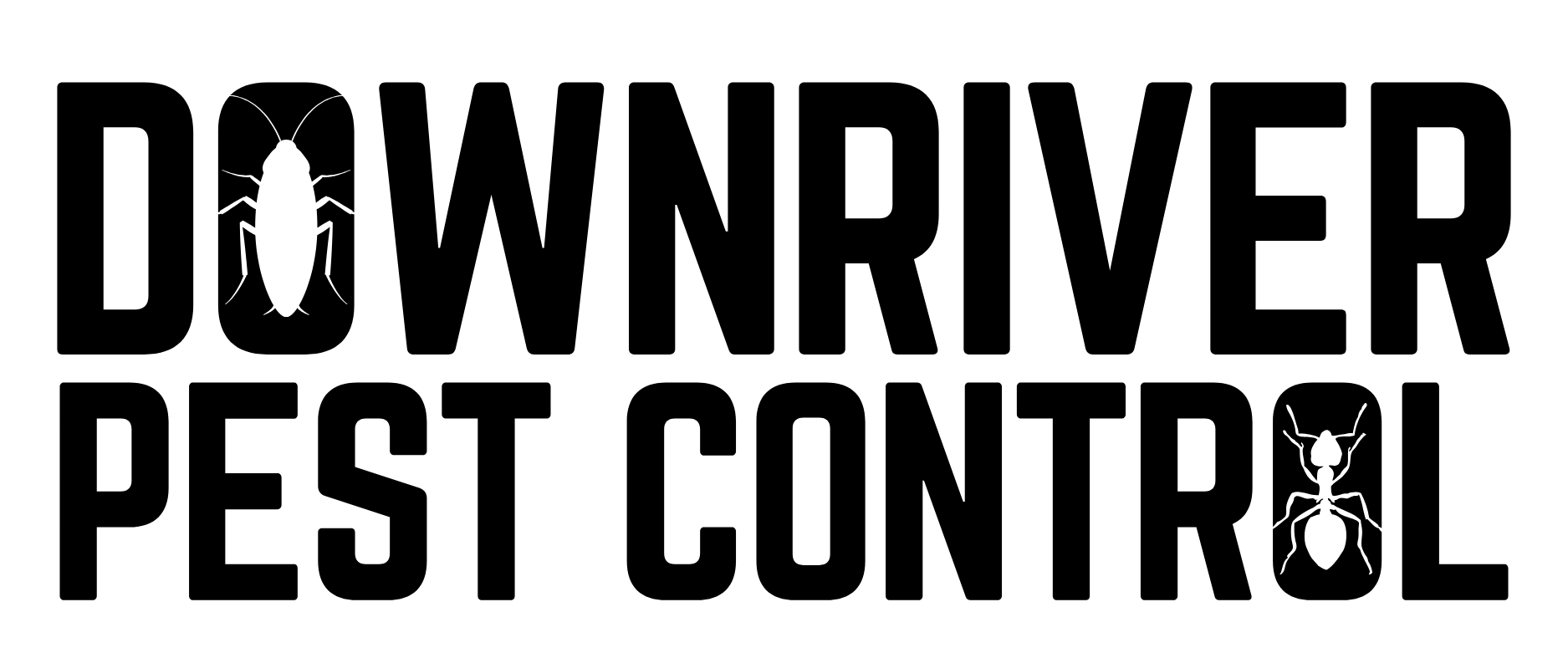
Bed Bugs
Contact Us
Facts About Bed Bugs
- Appearance: Bed bugs are small, reddish-brown insects with oval-shaped bodies. Adults typically measure about 4-5 millimeters (1/8 to 3/16 inches) in length.
- Nocturnal Feeders: Bed bugs are primarily nocturnal and feed on the blood of humans and other warm-blooded animals while they sleep. They are attracted to the carbon dioxide and body heat emitted by their hosts.
- Hiding Places: During the day, bed bugs hide in cracks, crevices, and other hiding spots close to their feeding areas. Common hiding places include mattresses, box springs, bed frames, and furniture.
- Reproduction: Female bed bugs can lay hundreds of eggs during their lifetime. These eggs are small, white, and roughly the size of a pinhead.
- Life Cycle: Bed bugs go through several life stages, including egg, nymph, and adult. They require multiple blood meals to molt and progress through these stages.
- Bite Marks: Bed bug bites often appear as small, itchy, red welts on the skin. These bites are usually arranged in a linear or clustered pattern.
- Not Disease Vectors: While bed bug bites can be uncomfortable and itchy, these insects are not known to transmit diseases to humans.
- Hardy Survivors: Bed bugs can survive for several months without a blood meal. They are also resilient to extreme temperatures, making them difficult to eliminate.
- Travelers: Bed bugs can easily hitchhike on luggage, clothing, and other personal belongings, allowing them to spread from place to place. They are frequently found in hotels, hostels, and public transportation.
- Prevention: To prevent bed bug infestations, it's essential to inspect hotel rooms and accommodations when traveling, regularly check your own living spaces, and take precautions when secondhand furniture or clothing is brought into your home.
- Professional Extermination: Effective bed bug control often requires the expertise of a pest control professional. They may use a combination of methods, including insecticides, heat treatments, and vacuuming to eliminate infestations.
- Psychological Impact: Dealing with a bed bug infestation can be emotionally distressing, as it can lead to anxiety, sleep disturbances, and stress for those affected.
- Resurgence: Bed bugs were largely eradicated in many developed countries during the mid-20th century, but they have experienced a resurgence in recent decades due to increased travel, changes in pest control methods, and pesticide resistance.
- Monitoring Devices: Bed bug detection devices, such as bed bug interceptors and mattress encasements, can be used to help identify and manage infestations.
- Legal Obligations: In some areas, landlords and property owners have legal obligations to address bed bug infestations promptly, and tenants have rights regarding the treatment process.
- Education and Awareness: Raising awareness about bed bugs and proper prevention measures is crucial in controlling their spread and minimizing the impact of infestations. Public education campaigns and resources are available to help inform people about bed bug risks and prevention.
Remember that bed bugs can be challenging to eliminate, and it's essential to take prompt action if you suspect an infestation to prevent it from spreading.
Ways To Prevent Bed Bugs
- Regular Cleaning:
- Vacuum your home regularly, paying special attention to bedrooms and areas where you sleep.
- Use a brush attachment to clean crevices, seams, and folds of mattresses and upholstered furniture.
- Encase Mattresses and Box Springs:
- Use bed bug-proof mattress and box spring encasements to trap any existing bed bugs and prevent new ones from infesting your bed.
- Reduce Clutter:
- Declutter your living space, eliminating hiding spots for bed bugs.
- Inspect Used Furniture:
- Carefully inspect any used furniture or clothing you bring into your home for signs of bed bugs before introducing them.
- Be Cautious with Secondhand Items:
- Avoid acquiring secondhand mattresses or upholstered furniture unless you can be certain they are bed bug-free.
- Travel Precautions:
- Inspect your hotel room for signs of bed bugs before settling in. Use luggage racks and avoid placing your bags directly on the bed or floor.
- Seal Cracks and Crevices:
- Seal any cracks or crevices in walls, baseboards, and around electrical outlets, as bed bugs can hide in these areas.
- Regularly Wash and Dry Bedding:
- Wash and dry your bedding, including sheets, pillowcases, and blankets, at high temperatures regularly.
- Use Bed Bug Interceptors:
- Place bed bug interceptors under the legs of your bed to trap and monitor for any bed bug activity.
- Avoid Sharing Personal Items:
- Refrain from sharing clothing, bedding, or personal items with individuals who may have bed bugs.
- Educate Yourself:
- Learn about the signs of bed bug infestations so you can quickly identify and address any issues.
- Regular Inspections:
- Periodically inspect your home for signs of bed bugs, such as tiny reddish-brown bugs, tiny white eggs, or small reddish-brown fecal spots on bedding or furniture.
- Professional Pest Control:
- If you suspect a bed bug infestation or cannot manage it on your own, contact a professional pest control company for assistance.
- Steam Cleaning:
- Use a high-temperature steam cleaner to clean and disinfect your mattresses, upholstered furniture, and carpets.
- Isolate Infested Items:
- If you discover bed bugs in one area of your home, isolate infested items in plastic bags until they can be treated or discarded.
- Regularly Clean Pet Bedding:
- Wash and dry pet bedding and toys regularly, as bed bugs can also infest these items.
- Education and Awareness:
- Educate yourself and your family members about bed bugs, their habits, and prevention measures.
Remember that early detection and prevention are key to avoiding a full-blown bed bug infestation. If you suspect an infestation, it's crucial to act quickly to address the issue and prevent it from spreading throughout your home.

